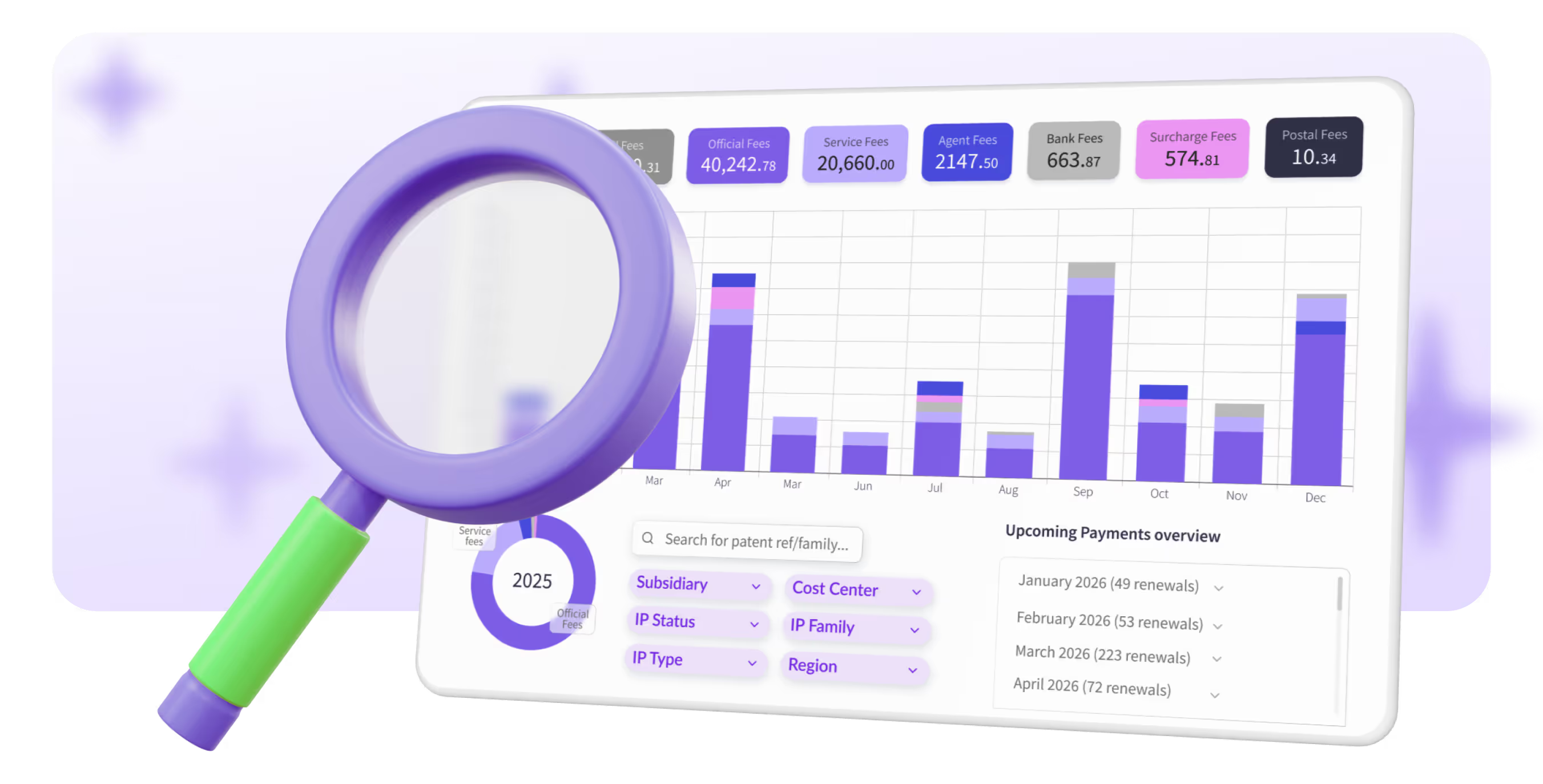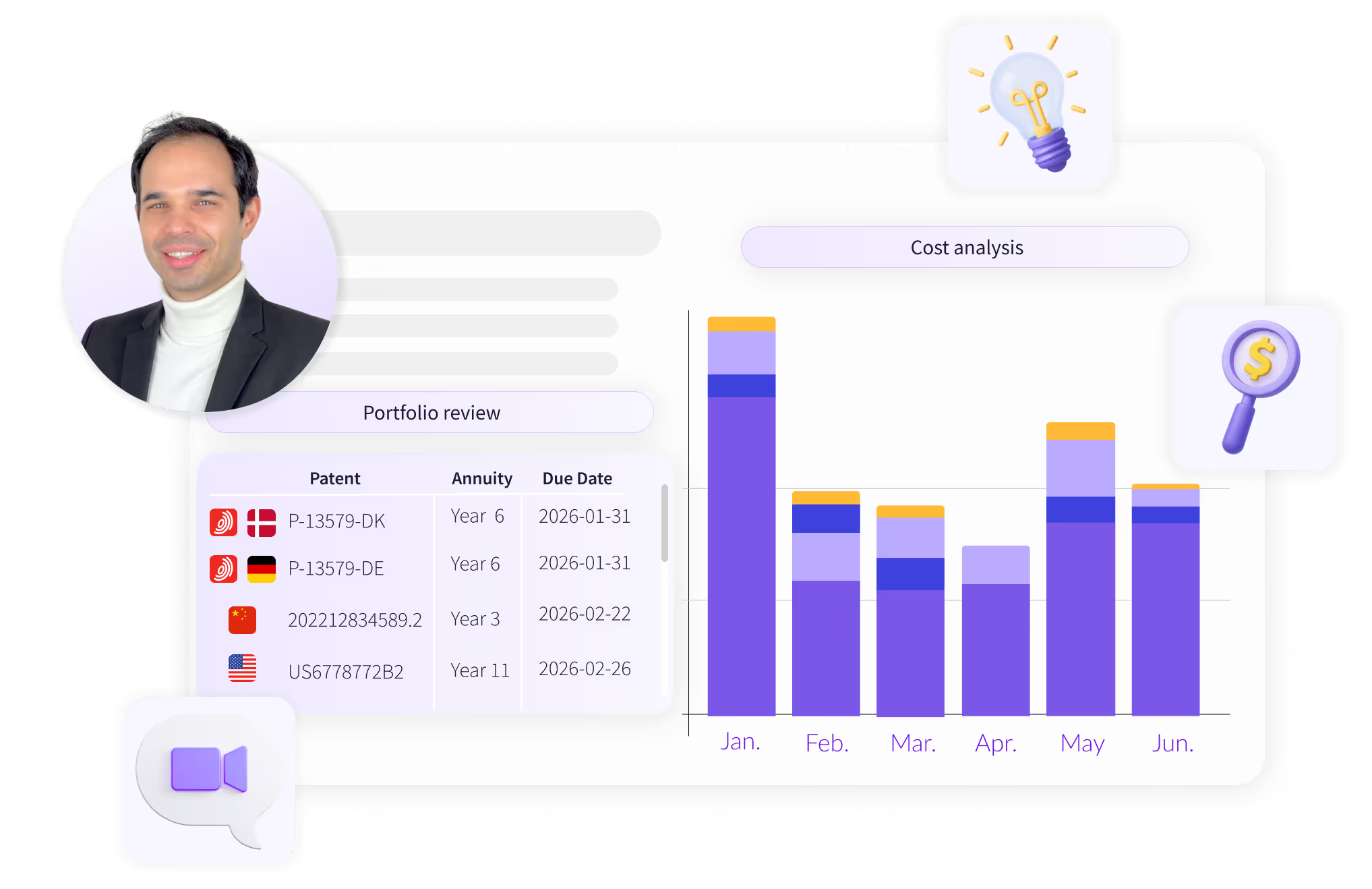TRY OUR NEW (FREE) IP RENEWAL COST CALCULATOR
Calculate
.avif)
Through our series of Nordic inventions, we aim to highlight pioneering inventions from the Nordic countries. In this article, we explore a Swedish invention, the laminate floor.
Laminate flooring is a popular choice for both residential and commercial properties around the world. Let's take a look at the patent history of this durable flooring solution, its unique composition, and the advantages this innovation offers.
The history of laminate flooring begins with the Swedish company Pergo (earlier known as Perstorp), which was originally a tabletop manufacturer since 1881, until its first step into flooring with a product that would become known for its durability and ease of maintenance.
The 1973 oil crisis had a serious impact on many industries due to the following inflation. Pergo was no exception, experiencing a significant drop in sales. In a last attempt to stay in business in 1977, the company called a brainstorming session, which produced more than a hundred ideas. One stood out - a concept that would revolutionize home interior design: “Perkett laminatgolv”, or laminate flooring. This idea led to two years of intensive development, testing, and redesign before the first laminate product, Perstorp Golv GL80 was launched.
Laminate flooring is unique due to its resilience and versatility, but what exactly makes up this durable flooring option? At its core, laminate flooring is made up of four layers; a core layer that stabilizes the product, a base layer of dense fiberboard, a decorative layer with a high-resolution photo of real wood, and a top protective layer of tough clear plastic. These layers are fused together under high pressure to create a surface that is exceptionally resistant to scratches, water, dents, and fading.

When compared to other flooring types like hardwood, vinyl, and tile, laminate offers a unique combination of low cost, ease of maintenance, and aesthetic diversity. Unlike hardwood, which can require high maintenance and is sensitive to water damage, laminate offers a more durable surface that can withstand the challenges of high-traffic areas and active households.
The 1980s and 1990s were pivotal decades for laminate flooring. In 1985, Pergo established the first laminate flooring factory, and by 1988, they had filed a patent for this revolutionary flooring, which was granted in 1990. By 1994, their innovation was protected by 15 patents.
Pergo's marketing in the United States began in 1994, and in two years, they opened their first U.S. factory in North Carolina. This period also saw the introduction of embossed-in-register technology, which added to the realistic feel of the laminate flooring.
In 1995, they introduced their product in Asia and included a new technology with unsurpassed scratch resistance. The development of the laminate floor continued with the introduction of direct-pressure laminate (DPL) flooring in the late 1980s, offering a more cost-effective production method that made laminate floors accessible to a broader market.
Throughout the 1990s and early 2000s, laminate flooring not only improved in durability but also in aesthetics, incorporating stone effects and realistic wood textures. The late 1990s and early 2000s were marked by further technological innovations. The advancements in sound insulation, added in 2000, improved the comfort and appeal of laminate floors in residential and commercial settings. Additionally, the introduction of click-in systems in 2001 revolutionized the installation of laminate flooring, making it easier and faster. These developments have not only increased the practicality of laminate flooring but also its popularity with homeowners and designers alike.
After a long journey of growth and expansion on a global scale today, Pergo is one of the world's largest flooring companies.
As we consider the advances in flooring technology, it's also worth considering the importance of protecting such innovations through patents.
If you are an inventor or patent holder yourself, and are interested in cost-effective digitalized patent renewals, get to know how you can upgrade your current setup with our patent renewal software.
Learn more about another Nordic invention, the zipper.
Interested in a free IP renewal consultation? Benchmark your current IP renewal setup and costs against market standards.
